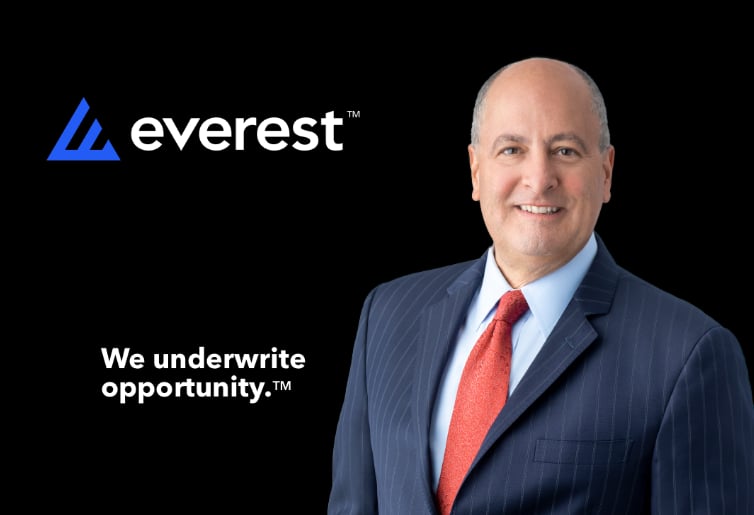Meaningful industry shift up the catastrophe risk tower: Everest CEO

Commentary attributed to Everest Group CEO Juan Andrade helps to drive home the fact that reinsurance and so also many ILS strategies are now sitting higher up the catastrophe risk tower, with larger industry loss events required to meaningfully involve them in paying claims.
This commentary comes from a recent dinner with analysts at KBW, at which Everest CEO Andrade explained how the changes in attachments and terms mean the reinsurance covers will only come into play when more meaningful catastrophe events occur, in the main.
Andrade told the KBW analyst team of his firm’s own shift up the risk tower, being now further away from the lower catastrophe loss layers.
As a result, he estimates it could now take catastrophe industry loss events of $15 billion to $20 billion to have reinsurance capital meaningfully involved in paying claims, higher than the low-teen billion dollar threshold for events of recent years.
While that may not seem a significant shift, it can put reinsurance out of reach of some of the secondary peril type industry loss events that have so impacted the insurance-linked securities (ILS) market, especially collateralized reinsurance strategies.
Remember, catastrophe bond strategies are already largely in the higher layers of reinsurance towers anyway, but now traditional reinsurers and collateralized reinsurers are moving closer to them, it seems, in the main.
KBW’s analyst team noted two positives from Andrade’s comments.
“First – as we saw in 1Q23 – primary insurers should retain a much higher share of the very costly YTD hailstorm and tornado losses than they would have in recent years,” the analysts explained.
This could be important for reinsurance and ILS markets, given US convective storm and severe weather losses have been rising significantly in recent weeks, with very recent events estimated to cost the insurance industry up to $10 billion, while severe convective storm losses were estimated to be running at over $25 billion already this year.
The shift up the catastrophe risk tower will help reinsurance and ILS markets avoid some losses that they would have taken in prior years, before the dramatic improvements seen at renewals over the last year or so.
Secondly, KBW’s analyst team noted that, “Cedents’ elevated YTD losses haven’t even brought them closer to aggregate reinsurance contract recoveries since Everest (and most of its competitors) issued many fewer aggregate covers this year.”
The analysts concluded on this point, “In the absence of low-layer reinsurance, we expect the primary insurers to bear the bulk of this year’s bad weather, and we expect insureds to bear more of the cost in 2024 via higher primary insurance rates and/or higher deductibles.”
Another interesting point from the conversation, is that Everest believes there is still pent-up demand for reinsurance, partly as a result of these changes in risk appetite and that the global reinsurance capacity shortfall remains significant.
That bodes well for holding onto rate gains made, as well as improvements in attachments and terms, suggesting the harder reinsurance market conditions may persist for longer.






